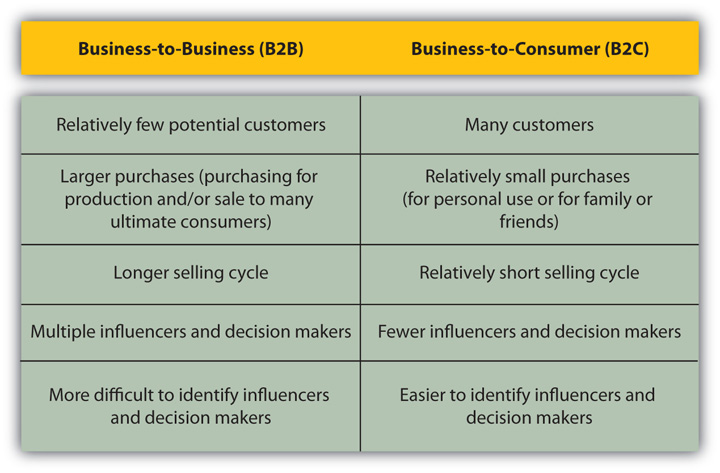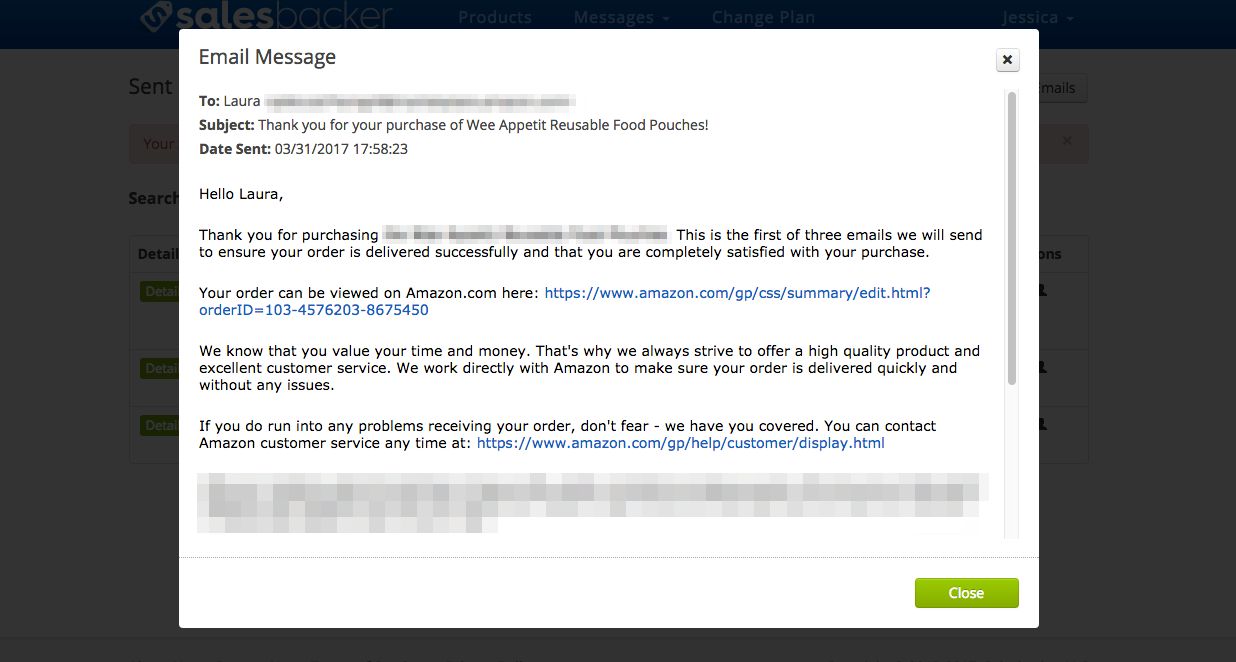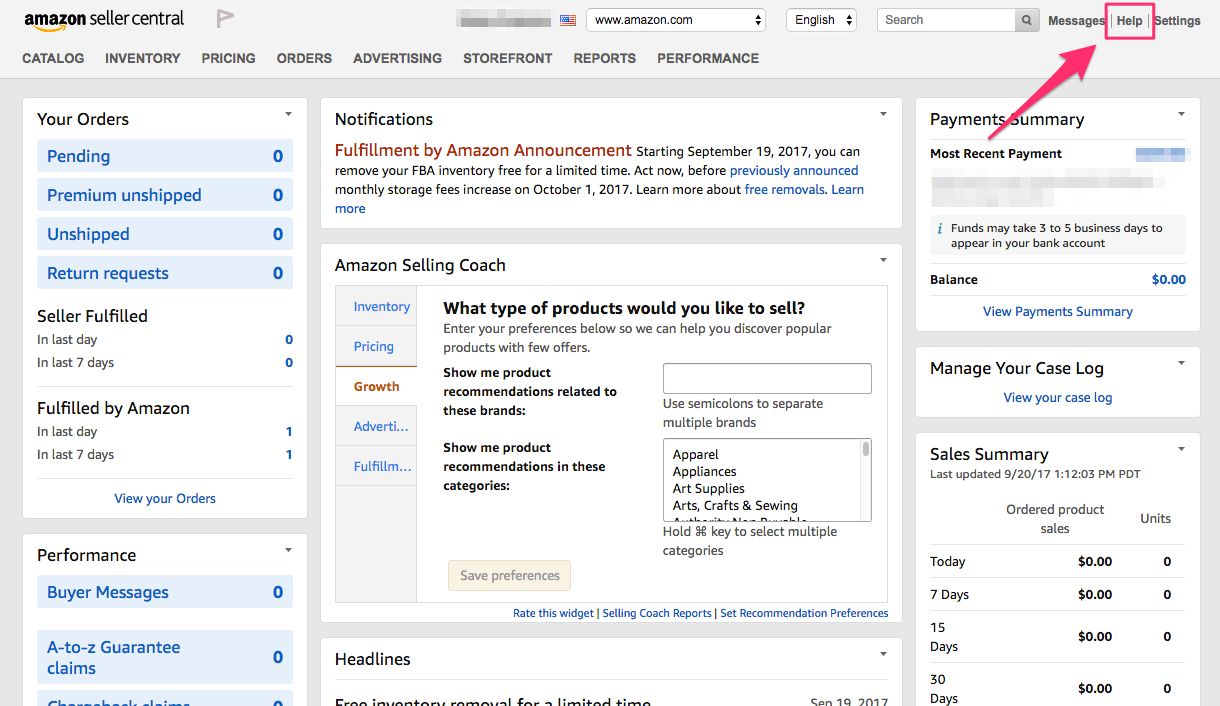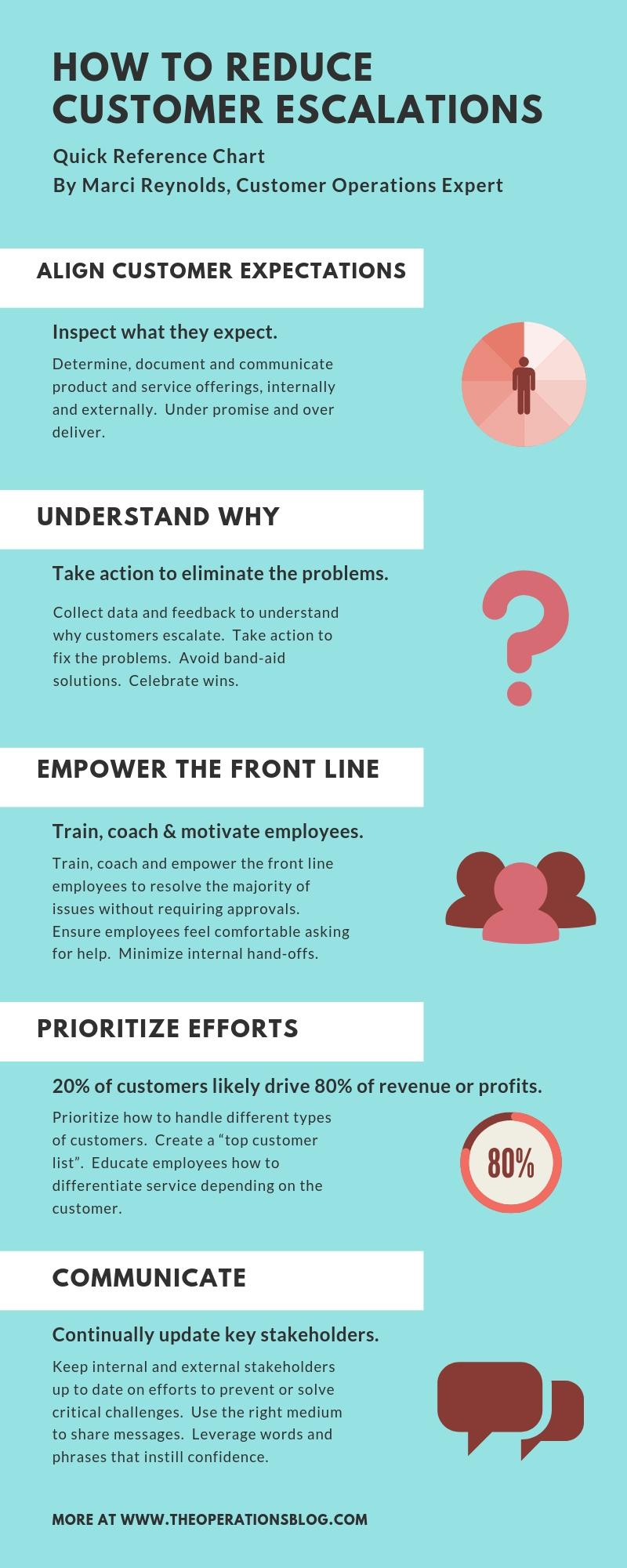Why Reaching Out to Sellers is Crucial
Contacting sellers is an essential step in the buying process, whether you’re purchasing a product online or in-person. Knowing how to contact the seller can make all the difference in ensuring a smooth transaction and building trust. Effective communication with the seller can help you ask questions, resolve issues, and even negotiate prices. In fact, a study by the National Retail Federation found that 70% of customers consider customer service to be an important factor in their purchasing decisions.
When you reach out to a seller, you’re not just asking a question or reporting an issue – you’re starting a conversation. This conversation can lead to a better understanding of the product, the seller’s policies, and even the return or exchange process. By knowing how to contact the seller, you can avoid potential pitfalls and ensure that you’re getting the best possible deal.
In addition to resolving issues, contacting the seller can also help you build a positive relationship. By being respectful, polite, and clear in your communication, you can establish a rapport with the seller and potentially lead to future transactions or recommendations. In fact, a study by the Harvard Business Review found that customers who have a positive experience with a seller are more likely to become repeat customers and recommend the seller to others.
So, how do you contact a seller? The first step is to find their contact information, which can usually be found on the product listing, website, or social media profiles. From there, you can reach out to the seller via email, phone, or messaging platforms. But before you do, make sure you’re clear about the purpose of your message and provide relevant details to help the seller assist you.
Understanding the Different Channels for Contacting Sellers
When it comes to contacting sellers, there are various methods to choose from, each with its own advantages and disadvantages. Knowing how to contact the seller through the right channel can make a significant difference in getting a prompt response and resolving issues efficiently. In this section, we’ll explore the different channels for contacting sellers, including email, phone, messaging platforms, and social media.
Email is a popular method for contacting sellers, as it provides a paper trail and allows for a more formal communication. Many sellers list their email addresses on their product listings or websites, making it easy for buyers to reach out to them. However, email responses can be slow, and it may take several days to get a response.
Phone is another option for contacting sellers, especially for urgent matters or complex issues. However, phone numbers may not always be readily available, and buyers may need to search for them on the seller’s website or social media profiles. Messaging platforms, such as WhatsApp or Facebook Messenger, are also becoming increasingly popular for contacting sellers, especially for smaller purchases or casual transactions.
Social media is also a viable option for contacting sellers, especially for buyers who want to reach out to them directly. Many sellers have social media profiles on platforms like Twitter, Instagram, or Facebook, where they can be contacted through direct messages or comments. However, social media responses can be slow, and buyers may need to wait for several hours or even days to get a response.
Popular marketplaces like Amazon, eBay, and Etsy also have built-in messaging systems that allow buyers to contact sellers directly. These systems provide a secure and convenient way for buyers to communicate with sellers, and responses are often faster than email or social media. For example, Amazon’s messaging system allows buyers to contact sellers through the “Contact Seller” button on the product listing page.
When choosing a channel to contact a seller, buyers should consider the type of issue they’re experiencing, the seller’s response time, and the level of formality required. By selecting the right channel, buyers can increase their chances of getting a prompt response and resolving issues efficiently.
How to Find the Seller’s Contact Information
Locating a seller’s contact information is a crucial step in establishing communication and ensuring a smooth transaction. Whether you’re looking to ask a question, resolve an issue, or negotiate a price, finding the seller’s contact details is essential. Here are some tips on how to contact the seller and find their contact information:
Check the product listing: The first place to look for a seller’s contact information is on the product listing page. Many marketplaces, such as Amazon or eBay, provide a “Contact Seller” or “Ask a Question” button that allows buyers to send a message directly to the seller. Look for this button on the product listing page and click on it to initiate contact.
Look for a contact page: Some sellers may have a contact page on their website or profile that lists their contact information, including email address, phone number, or physical address. Check the seller’s website or profile to see if they have a contact page.
Search for the seller’s website or social media profiles: If you can’t find the seller’s contact information on the marketplace or their profile, try searching for their website or social media profiles. Many sellers have a website or social media presence that lists their contact information.
Check the marketplace’s help section: If you’re having trouble finding the seller’s contact information, check the marketplace’s help section for guidance. Many marketplaces provide instructions on how to contact sellers and resolve issues.
Use the marketplace’s messaging system: Many marketplaces have a built-in messaging system that allows buyers to contact sellers directly. Look for this feature on the marketplace and use it to send a message to the seller.
Be cautious of fake or outdated contact information: When searching for a seller’s contact information, be cautious of fake or outdated contact details. Make sure to verify the contact information through multiple sources before reaching out to the seller.
By following these tips, you should be able to find the seller’s contact information and establish communication. Remember to always be respectful and clear in your communication, and don’t hesitate to reach out to the seller if you have any questions or concerns.
Crafting a Clear and Concise Message to the Seller
When reaching out to a seller, it’s essential to craft a clear and concise message that effectively communicates your intentions and needs. A well-written message can help establish trust, prevent misunderstandings, and ensure a smooth transaction. Here are some tips on how to write an effective message to a seller:
Be clear about the purpose of the message: Start by clearly stating the purpose of your message. Are you asking a question, reporting an issue, or requesting a refund? Make sure to be direct and to the point.
Provide relevant details: Include all relevant details that the seller may need to know. This may include your order number, product details, or any other relevant information that can help the seller understand your query.
Be respectful and polite: Remember to always be respectful and polite when communicating with the seller. Avoid using aggressive or confrontational language, and instead focus on being clear and concise.
Use proper formatting: Use proper formatting to make your message easy to read. Use paragraphs, bullet points, and headings to break up the text and make it more scannable.
Proofread your message: Before sending your message, proofread it carefully to ensure that it is free of errors and easy to understand. A well-written message can help establish trust and credibility with the seller.
Include a clear call-to-action: Finally, include a clear call-to-action that tells the seller what you expect them to do next. This may be to respond to your message, provide additional information, or take a specific action.
Example of a well-crafted message: Here’s an example of a well-crafted message that includes all the necessary details:
“Dear Seller, I am writing to inquire about the status of my order (#1234). I placed the order on January 1st, but I have yet to receive it. Could you please provide me with an update on the shipping status? I would appreciate it if you could also provide me with a tracking number so I can track the package. Thank you for your time and assistance.”
By following these tips, you can craft a clear and concise message that effectively communicates your needs and intentions to the seller. Remember to always be respectful and polite, and to include all relevant details to ensure a smooth transaction.
Best Practices for Contacting Sellers on Popular Marketplaces
When it comes to contacting sellers on popular marketplaces, there are certain best practices to keep in mind. These platforms have their own rules and guidelines for communication, and following them can help ensure a smooth and successful transaction. Here are some tips for contacting sellers on popular marketplaces:
Amazon: Amazon has a built-in messaging system that allows buyers to contact sellers directly. To use this system, go to the “Your Orders” page, find the order you want to contact the seller about, and click on the “Contact Seller” button. Amazon also recommends that buyers use the “A-to-Z Guarantee” program to resolve any issues with their orders.
eBay: eBay also has a built-in messaging system that allows buyers to contact sellers directly. To use this system, go to the “My eBay” page, find the item you want to contact the seller about, and click on the “Contact Seller” button. eBay also recommends that buyers use the “Money Back Guarantee” program to resolve any issues with their purchases.
Etsy: Etsy is a marketplace for handmade and vintage items, and it has a built-in messaging system that allows buyers to contact sellers directly. To use this system, go to the “Purchases” page, find the item you want to contact the seller about, and click on the “Contact Seller” button. Etsy also recommends that buyers use the “Etsy Payments” program to resolve any issues with their purchases.
Using built-in messaging systems: When contacting sellers on popular marketplaces, it’s best to use the built-in messaging systems provided by the platform. These systems allow buyers to communicate with sellers directly and securely, and they also provide a record of all communication.
Following platform guidelines: Each marketplace has its own guidelines for communication, and following them is essential to ensure a smooth and successful transaction. For example, Amazon recommends that buyers use the “A-to-Z Guarantee” program to resolve any issues with their orders, while eBay recommends that buyers use the “Money Back Guarantee” program.
Being respectful and polite: When contacting sellers on popular marketplaces, it’s essential to be respectful and polite. Avoid using aggressive or confrontational language, and instead focus on being clear and concise.
Providing relevant information: When contacting sellers on popular marketplaces, it’s essential to provide relevant information about the issue or concern. This may include the order number, product details, or any other relevant information that can help the seller understand the issue.
By following these best practices, buyers can ensure a smooth and successful transaction when contacting sellers on popular marketplaces. Remember to always be respectful and polite, and to provide relevant information to help the seller understand the issue.
What to Expect from the Seller’s Response
When contacting a seller, it’s essential to know what to expect from their response. Understanding the typical response times, the types of information the seller may request, and how to handle any issues that may arise can help ensure a smooth and successful transaction.
Typical response times: The response time from a seller can vary depending on the marketplace, the seller’s location, and the complexity of the issue. On average, buyers can expect a response from a seller within 24-48 hours. However, some sellers may respond faster or slower, so it’s essential to be patient and not to assume that the seller is ignoring the message.
Types of information the seller may request: When responding to a buyer’s message, the seller may request additional information to help resolve the issue. This may include the order number, product details, or any other relevant information that can help the seller understand the issue. Buyers should be prepared to provide this information to help the seller resolve the issue efficiently.
Handling issues that may arise: Despite the best efforts of both parties, issues may still arise during the transaction. If a buyer is not satisfied with the seller’s response or if the issue is not resolved, it’s essential to know how to escalate the issue to a third party, such as a marketplace support team. Buyers should also be aware of the marketplace’s policies and procedures for resolving disputes and should follow these guidelines to ensure a fair and successful resolution.
Examples of seller responses: Here are some examples of seller responses that buyers may receive:
* A simple acknowledgement of the message, such as “Thank you for your message. I will respond as soon as possible.” * A request for additional information, such as “Can you please provide your order number so I can look into this issue further?” * A resolution to the issue, such as “I apologize for the mistake. I will send a replacement product to you immediately.” * A request to escalate the issue to a third party, such as “I apologize, but I am unable to resolve this issue. Please contact our customer support team for further assistance.”
By understanding what to expect from a seller’s response, buyers can better navigate the communication process and ensure a smooth and successful transaction. Remember to always be patient, provide relevant information, and follow the marketplace’s policies and procedures for resolving disputes.
Resolving Issues and Escalating Concerns
Despite the best efforts of both parties, issues may still arise during the transaction. When this happens, it’s essential to know how to resolve the issue and escalate concerns to a third party, if necessary. Here are some tips on how to resolve issues and escalate concerns:
Stay calm: When an issue arises, it’s essential to stay calm and not to let emotions get in the way. Take a deep breath, and try to approach the situation objectively.
Provide evidence: When resolving an issue, it’s essential to provide evidence to support your claim. This may include photos, videos, or documents that demonstrate the issue.
Know when to escalate: If the issue cannot be resolved with the seller, it may be necessary to escalate the concern to a third party, such as a marketplace support team. Know when to escalate the issue and follow the marketplace’s guidelines for doing so.
Follow the marketplace’s guidelines: Each marketplace has its own guidelines for resolving disputes and escalating concerns. Follow these guidelines to ensure a fair and successful resolution.
Examples of issues that may require escalation: Here are some examples of issues that may require escalation:
* The seller has not shipped the product as promised. * The product is damaged or defective. * The seller has not provided a refund or replacement as promised. * The seller is not responding to messages or is being uncooperative.
How to escalate an issue: If an issue cannot be resolved with the seller, it may be necessary to escalate the concern to a third party, such as a marketplace support team. Here’s how to escalate an issue:
* Go to the marketplace’s support page and click on the “Contact Us” button. * Fill out the support form with as much detail as possible, including the order number, product details, and a description of the issue. * Attach any relevant evidence, such as photos or documents. * Submit the form and wait for a response from the marketplace support team.
By following these tips, buyers can resolve issues and escalate concerns in a fair and successful manner. Remember to stay calm, provide evidence, and follow the marketplace’s guidelines for resolving disputes and escalating concerns.
Building a Positive Relationship with the Seller
Building a positive relationship with the seller is crucial for a successful transaction and potentially leading to future transactions or recommendations. Here are some tips on how to build a positive relationship with the seller:
Be respectful: Treat the seller with respect and professionalism, even if there are issues with the transaction. Avoid using aggressive or confrontational language, and instead focus on finding a mutually beneficial solution.
Provide feedback: Providing feedback to the seller can help them improve their products or services and can also help build trust. Be honest and constructive in your feedback, and provide specific examples of what the seller did well and what they could improve on.
Communicate effectively: Effective communication is key to building a positive relationship with the seller. Be clear and concise in your messages, and make sure to respond promptly to any messages from the seller.
Show appreciation: Showing appreciation for the seller’s products or services can go a long way in building a positive relationship. Consider leaving a positive review or recommending the seller to others.
Be patient: Building a positive relationship with the seller takes time and patience. Don’t expect everything to happen overnight, and be willing to work through any issues that may arise.
Benefits of building a positive relationship: Building a positive relationship with the seller can have numerous benefits, including:
* Increased trust and confidence in the seller * Improved communication and problem-solving * Potential for future transactions or recommendations * Positive reviews and feedback * A stronger and more successful transaction
Examples of building a positive relationship: Here are some examples of how to build a positive relationship with the seller:
* Sending a thank-you message after a successful transaction * Leaving a positive review or feedback * Recommending the seller to others * Providing constructive feedback to help the seller improve * Being patient and understanding when issues arise
By following these tips, buyers can build a positive relationship with the seller and potentially lead to future transactions or recommendations. Remember to be respectful, provide feedback, communicate effectively, show appreciation, and be patient.






